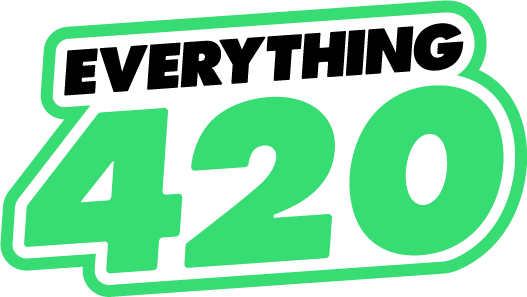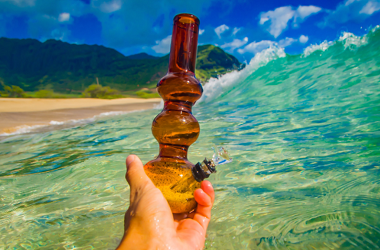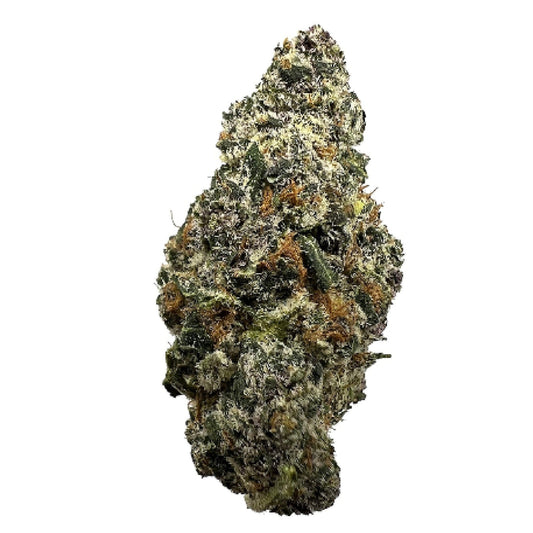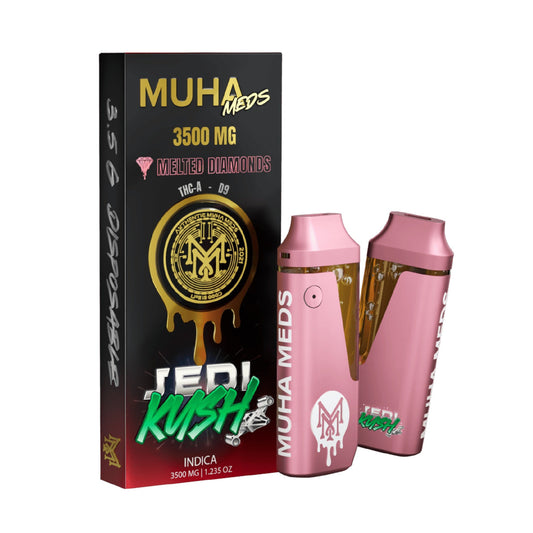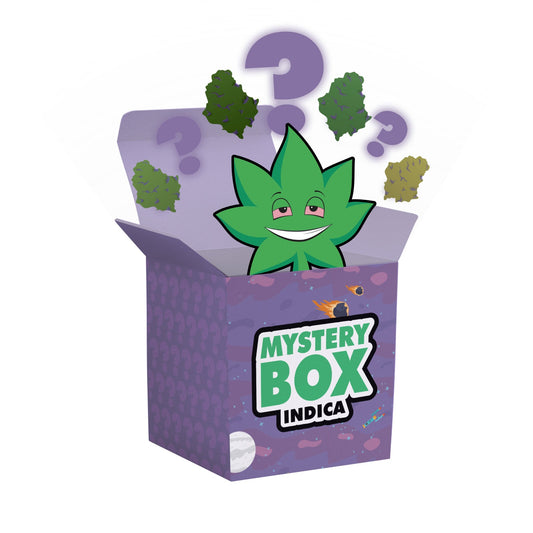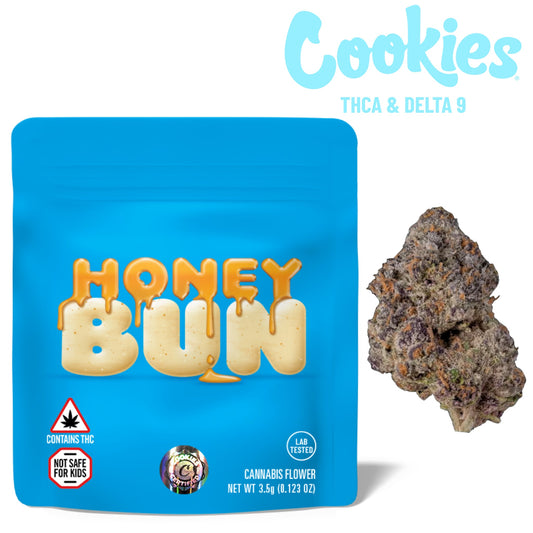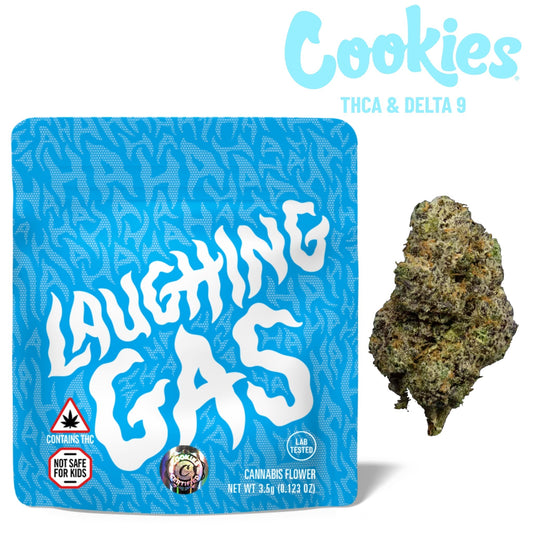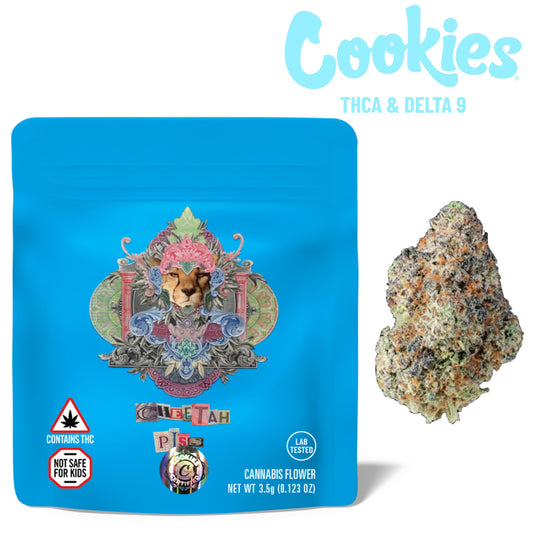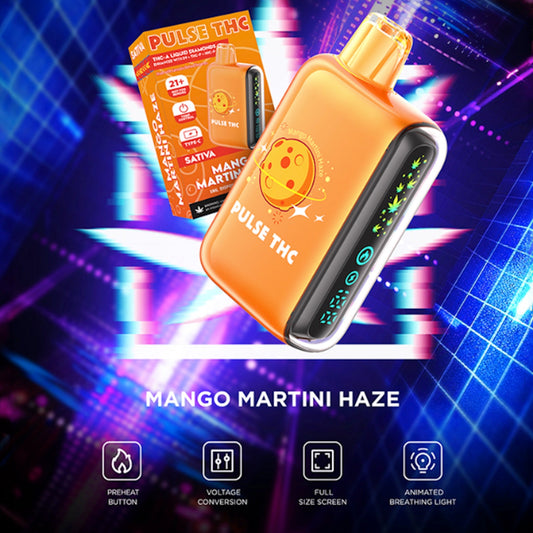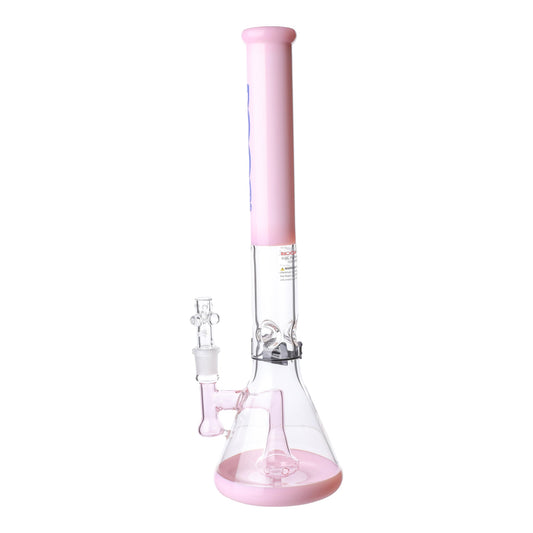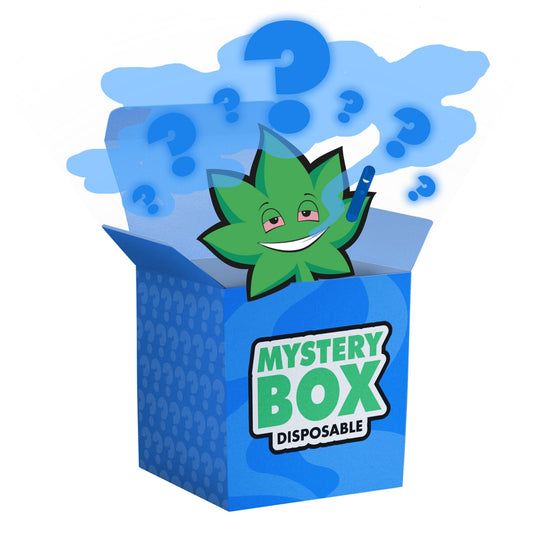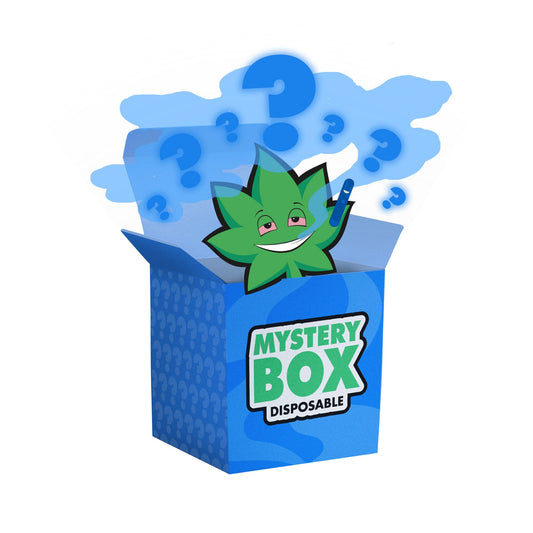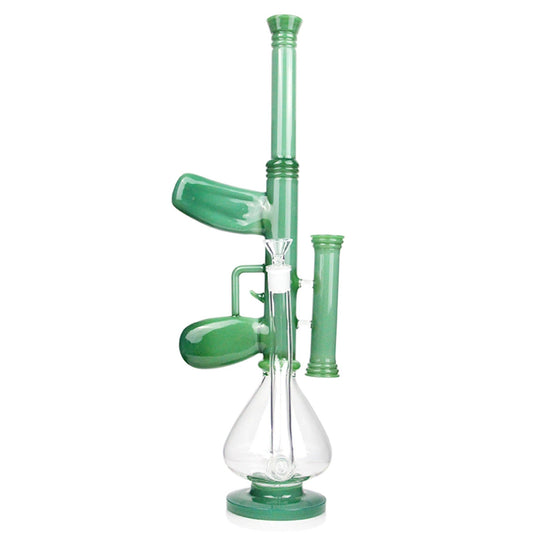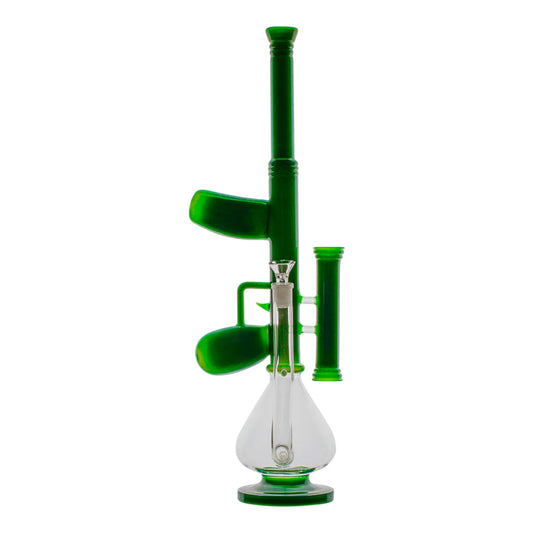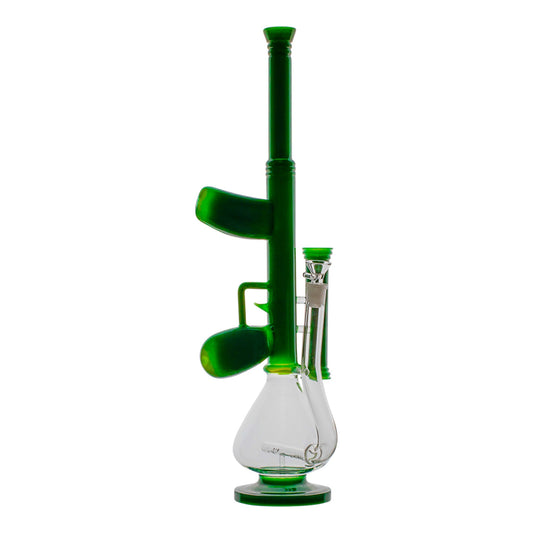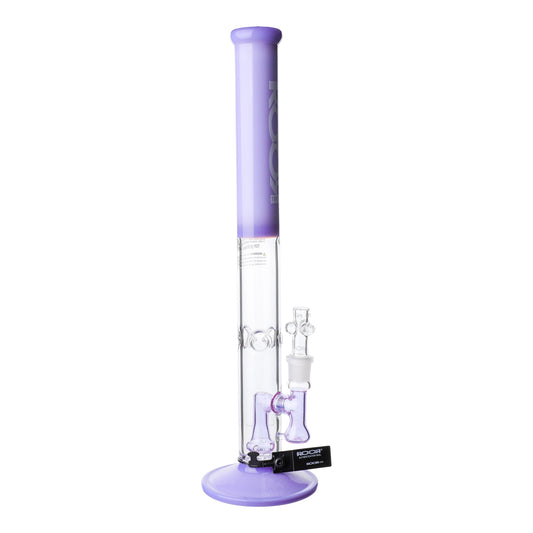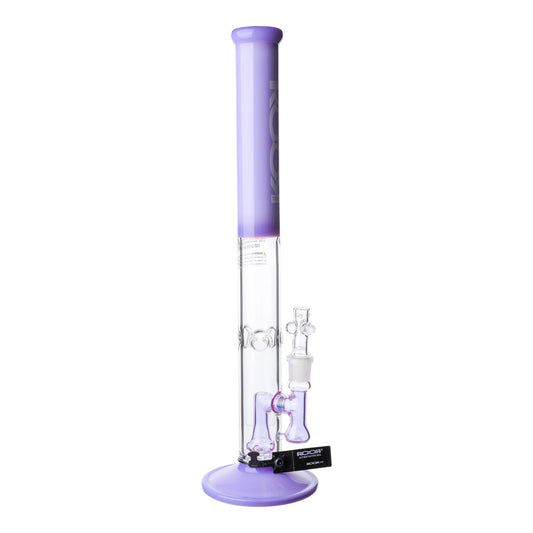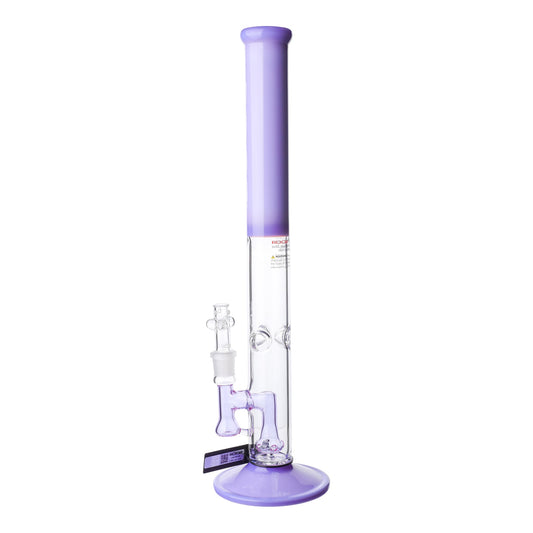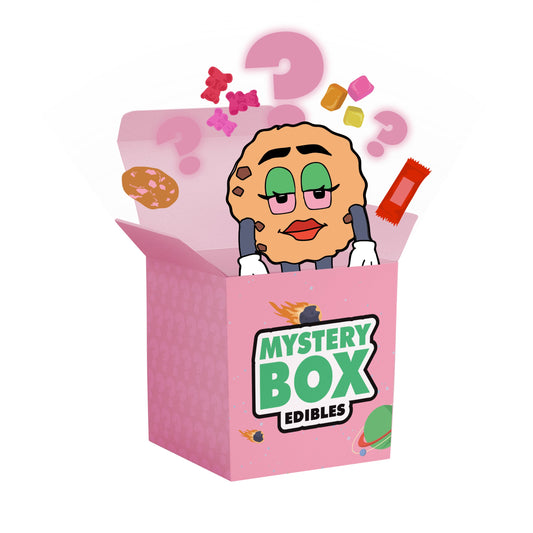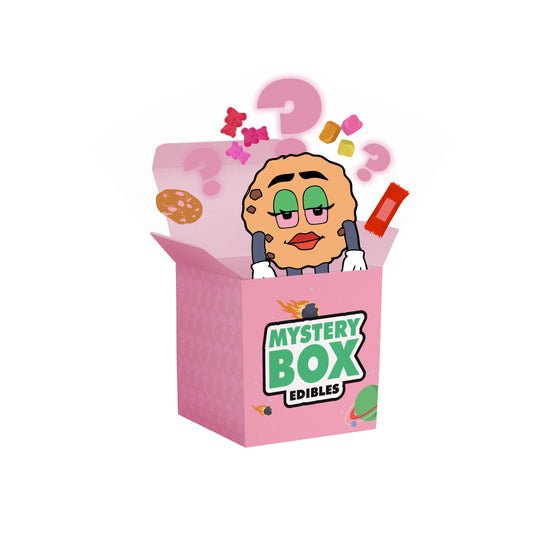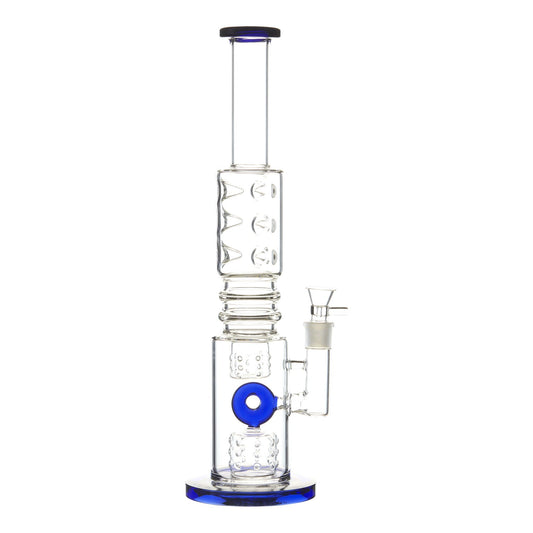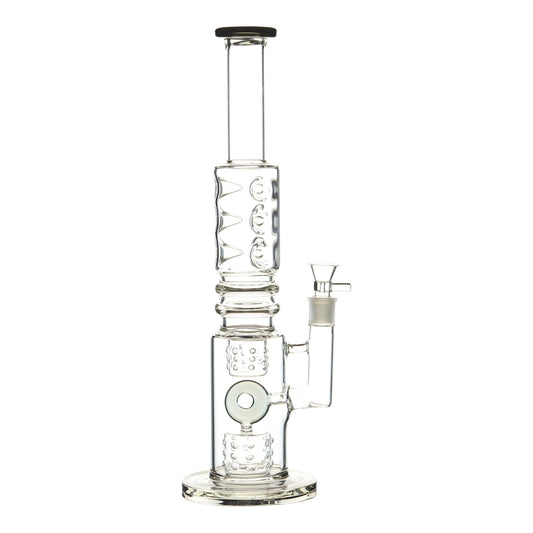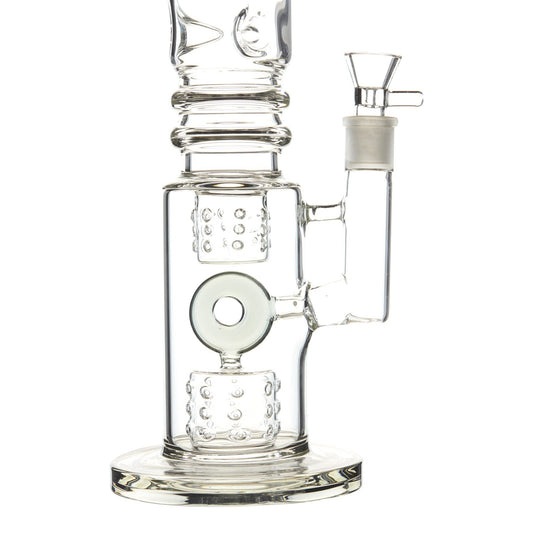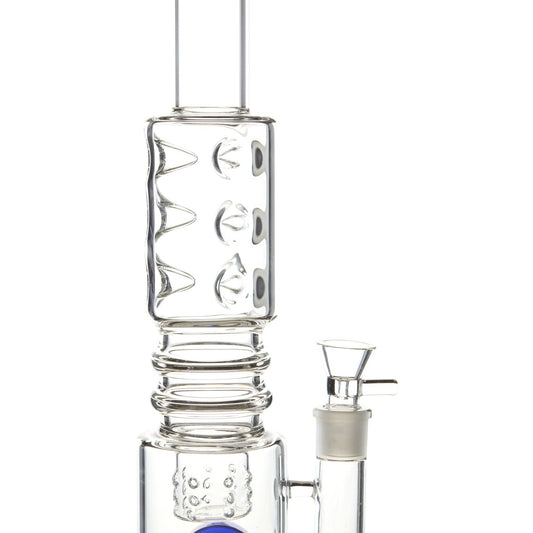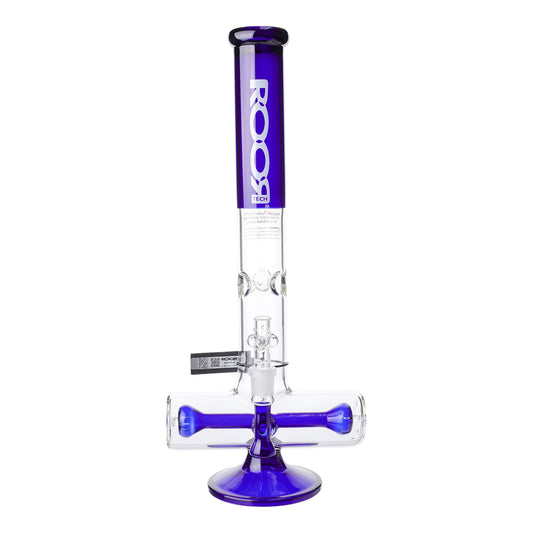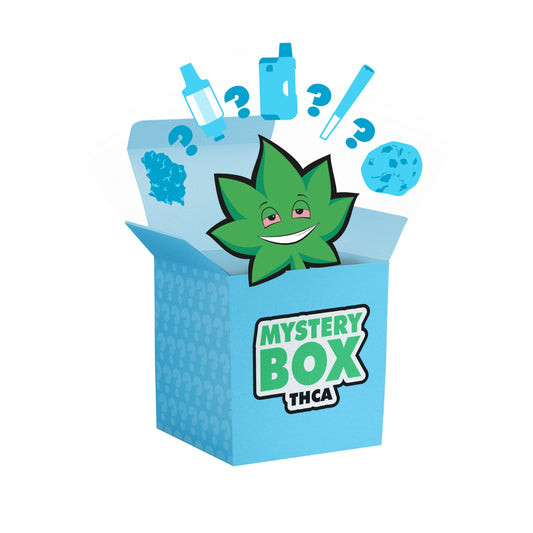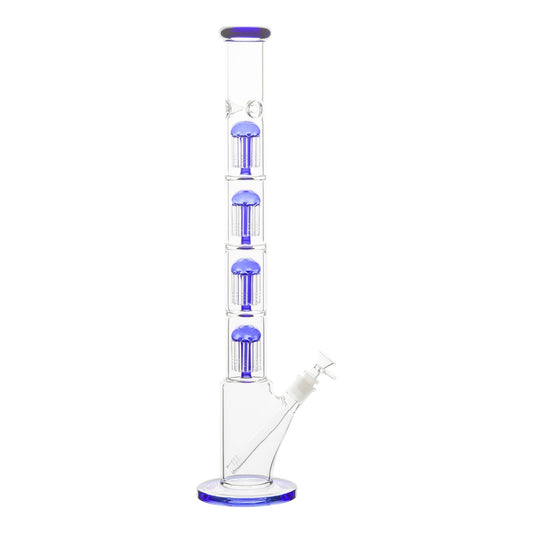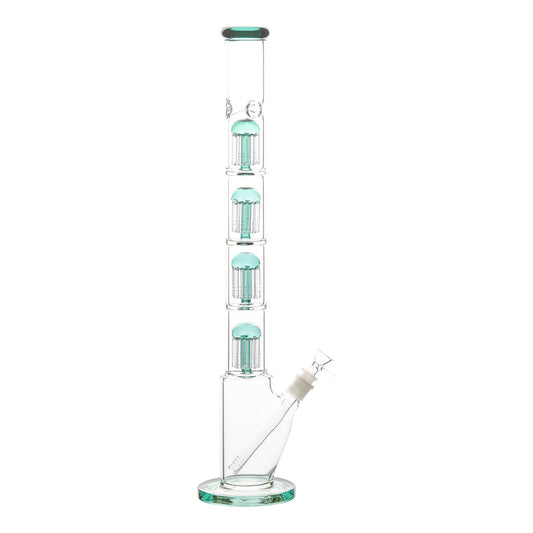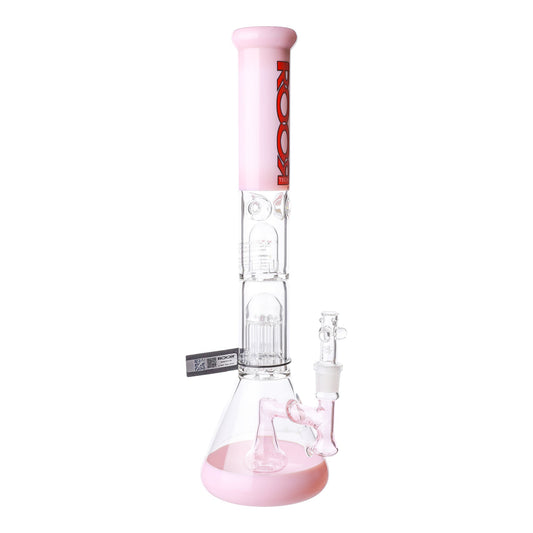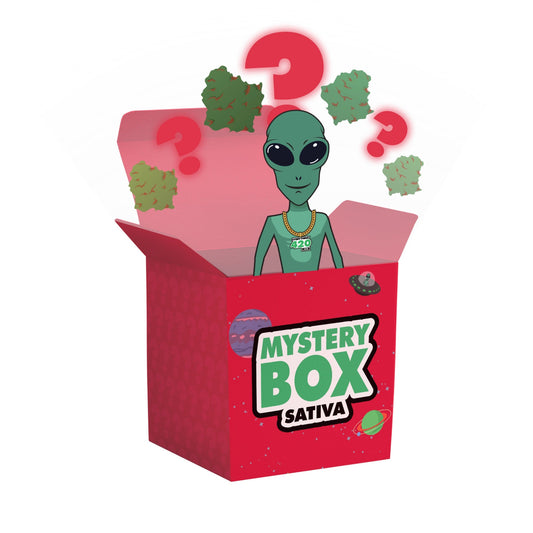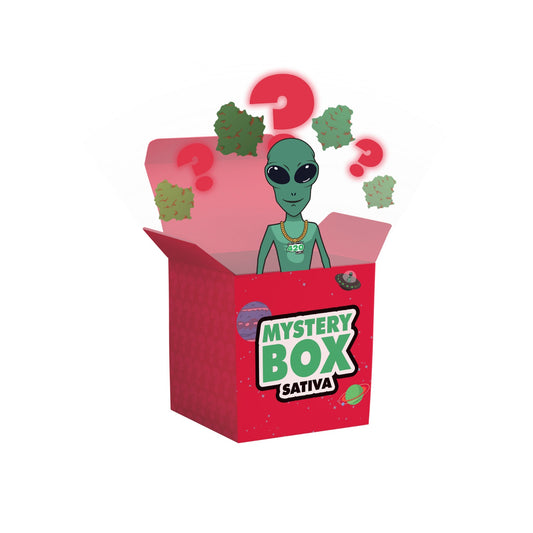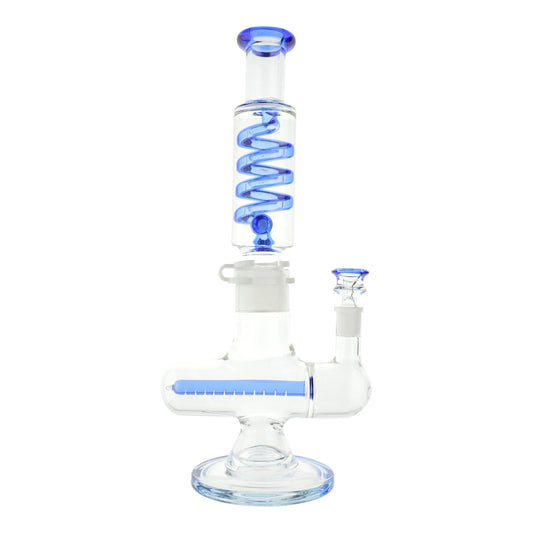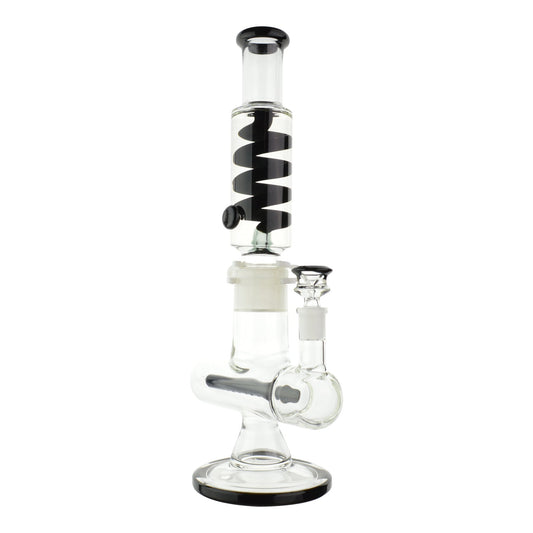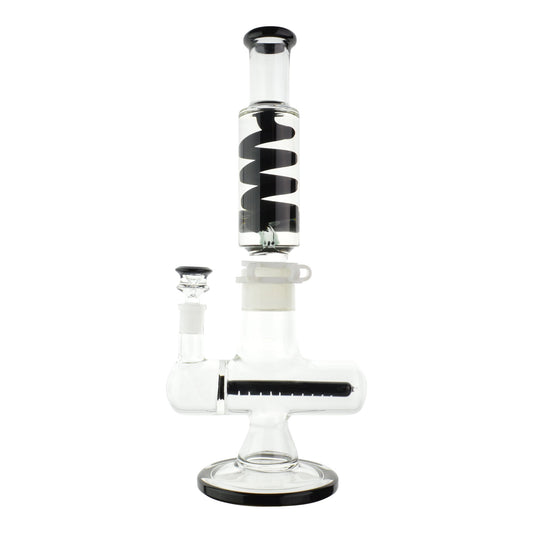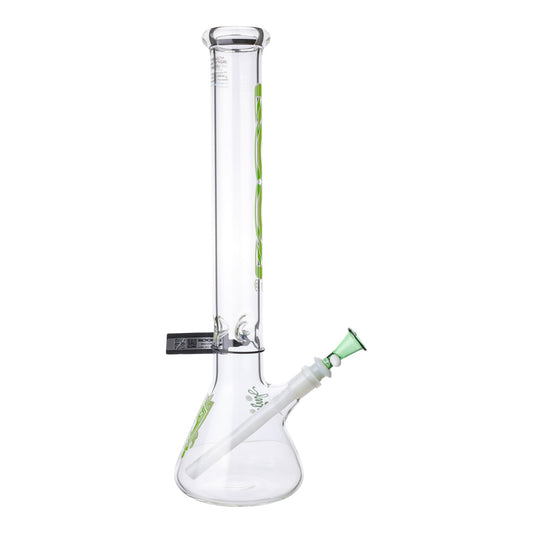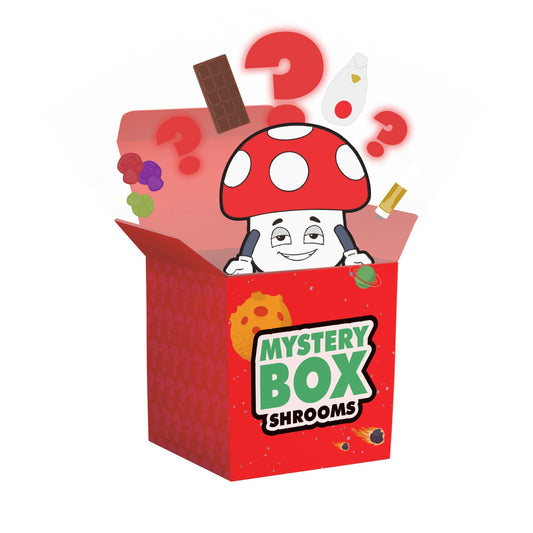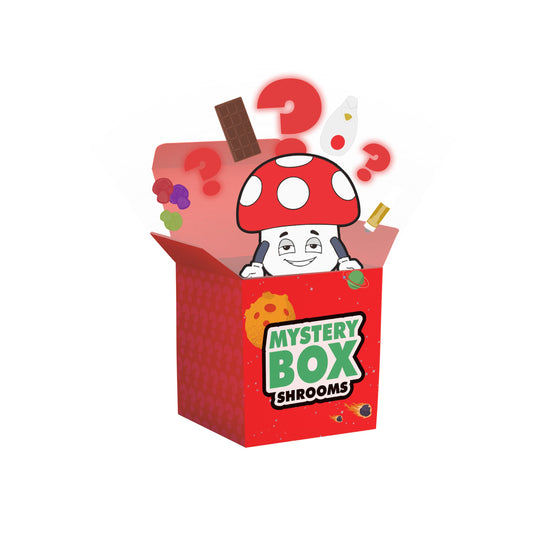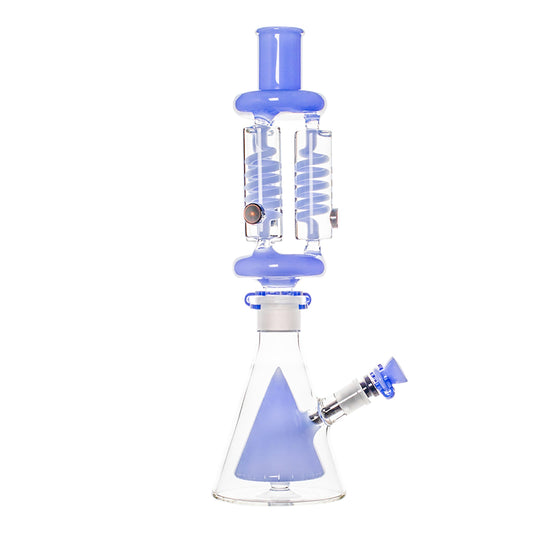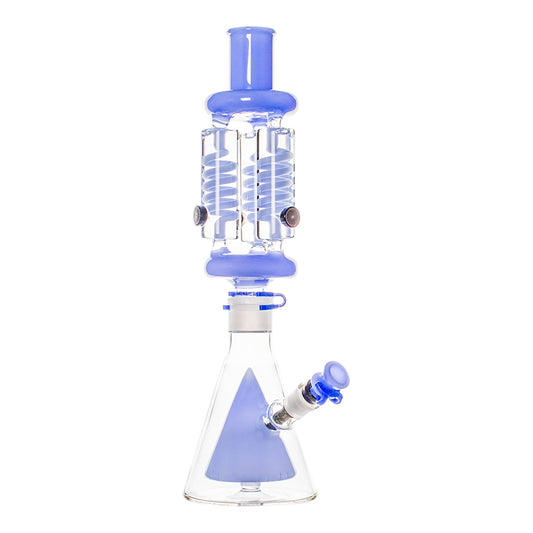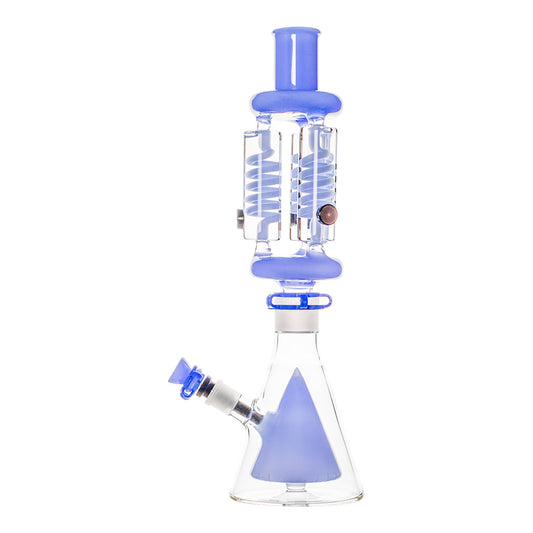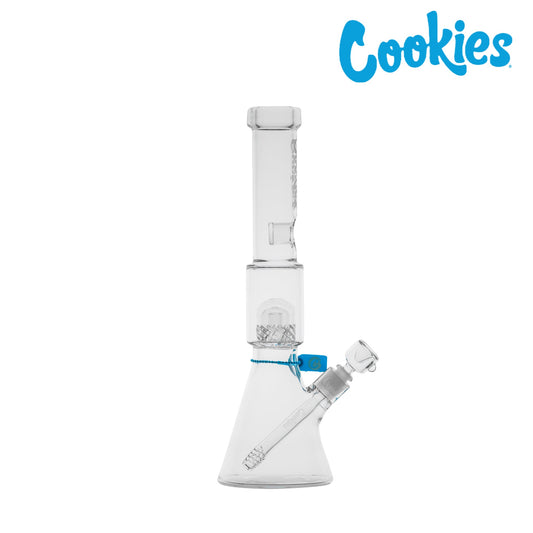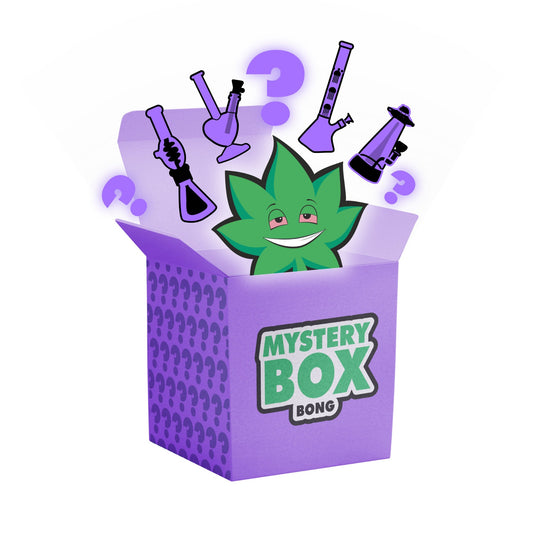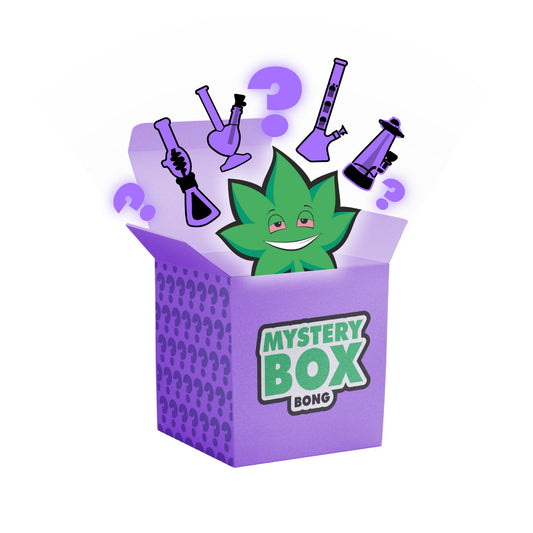Why Do People Say bonf?
Glass bomgs are a stoner must-have and are right up there with joints, blunts, and pipes. What seasoned tokers understand is that each method of consumption is an entirely different experience and can also have different effects. Despite using the same marijuana strain, there will be a difference depending if you choose to eat it in a weed edible, roll it up in a blunt, or pack a bowl and take a bomg rip. Most water bongs besides the homemade kind are known for producing giant plumes of beautifully filtered and aerated smoke that’s surprisingly smooth on the lungs and throat. But why do people say bomgs and how did the water bomg get its name?
How did the bonf get its name?
Bongs go by many names such as a water pipe, bubbler, binger or billy. But what makes a water bing a bong and not a pipe is the bowl and downstem. While some smoking pipes can be used dry or with water (bubblers), bongs always need to be used with water in the chamber. Water bongs also have a removable slide or bonf bowl to control airflow, however sometimes cheap bongs have a non-removable bowl attached to a downstem and a carb hole on the side. As you can imagine, smoking devices like pipes and water bomgs have been around a very long time. It’s said that the word “bong” is actually derived from the Thai language. In Thai, “bong” or “baung” is the name for a long, cylindrical pipe made from bamboo that’s designed for smoking marijuana. No one really knows how a Thai word was spread around the world and still used today in everyday language, but smoking with a bong has an extensive history across nearly all cultures and spans centuries. Some people suggest that soldiers fighting in the Vietnam War saw the local people using this wooden smoking device and brought back “baungs” with them when they returned to the United States where it started to gain popularity. I don’t know about you, but this sounds a lot like another one of those legendary stoner stories that continues to get passed on like the origin and meaning behind 420 or who was the first person to cross cannabis plants in the U.S. Whether you believe the “baung” story or not, there is physical evidence that water bongs have been around since ancient times.

History of the water bonf
While no one will ever know who the first person to smoke weed was (they deserve a gold metal), we do know that cannabis plants are native to Central Asia, specifically the region of Mongolia and Southern Siberia. If anyone was going to figure out the delights of consuming marijuana and creating a device to do so, it would be people from that general region. There’s evidence that water bongs for smoking tobacco or cannabis were used across the globe. The ancient Chinese cultivated cannabis for food, fiber for clothes and rope, and later for use as an anesthetic during medical procedures. During the Ming Dynasty (14th to 17th Centuries), there is evidence of a water pipe style smoking device and tobacco use, which traveled through the continent via the Silk Road. By the early 17th Century, water bongs were the preferred method of smoking. These Chinese inventions were typically made from bamboo, but nobles had more expensive metal bongs designed out of bronze or brass and decorated with gems.
When it comes to discovering the amazing psychoactive properties of the marijuana plant, many historians often look to India. In India, the invention and widespread popularity of the water pipe for smoking tobacco is credited to a physician named Hakim Abul Fath. During the mid- to late-16th Century, he said that “smoke should be first passed through a small receptacle of water so that it would be rendered harmless.” It seems like even in the 1500s, everyone was in search of the smoothest bomg rip possible. In Africa, Ethiopians used clay pottery or animal horns to craft hand-held water bongs, though the smoking material is not known. A really cool discovery was made in 2015 when a set of gold bongs were found by archaeologists in Russia. Yup, solid gold bongs. They dated back 2,400 years and are believed to have belonged to chiefs of a nomadic tribe called Scythians. A Green historian named Herodotus described the drug use of the Scythians, though the discovery of the gold bongs are physical evidence that his narrations were true. Residue from inside the bomgs were analyzed and it was found to be a mixture of cannabis and opium. Scythians chiefs were known to smoke cannabis and opium using water bongs as part of their ritualistic practices and warriors would light up before heading out to battle.
Who invented the water bong we use today?
Despite the long history of water bongs spanning many centuries, we do know who invented the glass bing that we use today. The modern bonf was invented by Bob Snodgrass, an avid glassblower and Dead Head, who followed the Grateful Dead as they toured across America in the 1970s. He not only taught other Dead Heads how to create their own glass bomg, he also came up with the vase-like design we refer to as Hollandbongs. This style looked like a vase with a large base that narrowed to a slim mouthpiece. A non-removable chillum with a silicone seal was used as a bowl and the design had a carburetor hole to control the airflow since the chillum could not be removed. He also accidentally invented color-changing glass by combining borosilicate glass with gold or silver and uncovered a niche (though quickly growing) market for glass smoking pipes and bongs. Considered to be the Godfather of glass in the United States, many of today’s most acclaimed glassblowers have been trained by Bob Snodgrass or say that he is one of their greatest inspirations and reasons for getting into glass art.
Why do people use bomgs instead of smoking?
A wise old stoner may once have told you that you’ll get higher if you smoke with a bonf. Is that actually true or just a tall tale? The answer is yes! But the reason behind it may not be what you were imagining. If you’ve heard that bongs deliver more THC than pipes, joints, and blunts, that’s simply not true. A study conducted in 2000 found that the smoke contained the same amount of THC no matter the apparatus. So if it’s not more THC, why do bongs get you higher? Let’s have a quick look at how bongs work to understand exactly what’s going on.

Why bongs get you higher
Bomgs and other water pipes function the same as a hookah. The smoke passes through cold water via bubbles to cool it down and filter out large pieces of contaminants like hot ash. Just have a look at your bonf after a smoke session and you’ll see what the dirty bomg water removed. Once the smoke is finally inhaled by the user, it’s chilled and soft on the throat. What makes people ultra zooted from smoking out of a bonf rather than from a joint is that since the bomg rips are so cold and comfortable to inhale, stoners can take even larger hits without coughing. Once a smoker understands their limits and their specific bong, they’re able to take massive bonf rips that are simply unmanageable from a hot and unfiltered pipe or joint. Because of the larger hits and added water filtration and aeration, bomgs are many potheads' preferred smoking method.
There are also certain bonf features that were created to produce even softer and more comfortable tokes. These are just a few features to keep an eye out for if you’re in the market for a new water bomg. All of these added features aren’t necessary, but will allow you to take even more massive bong rips that are smooth going down.
Are bongs legal?
The United States Drug Enforcement Administration (DEA) Controlled Substances Act has a Federal Drug Paraphernalia Statute, which says that it is illegal to import, export, sell, send through the mail, or transport between states anything considered to be drug paraphernalia. Individual states have created their own laws regarding drug paraphernalia, so it’s best to check those as well since they differ by state. After learning this, you may be thinking to yourself, but I live in California and weed is legal here. Unfortunately, the DEA still lists marijuana (though not hemp) as a Schedule I drug, right alongside MDMA, heroin, and LSD, making it illegal at the federal level. To get around the drug paraphernalia statute, smoke shops and online stores selling glass pipes, vaporizers, and silicone bomgs say that their products are for therapeutic, herbal, or tobacco use. While your mind probably immediately thinks of marijuana when someone says the word bong, it is possible to smoke other materials like tobacco as well.





